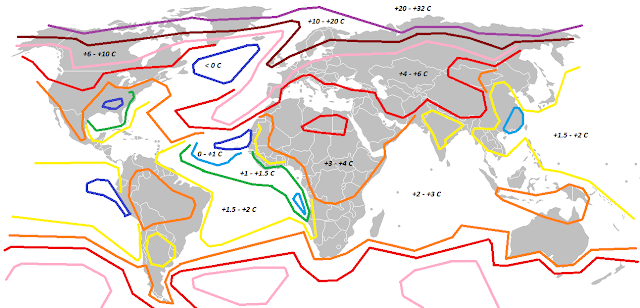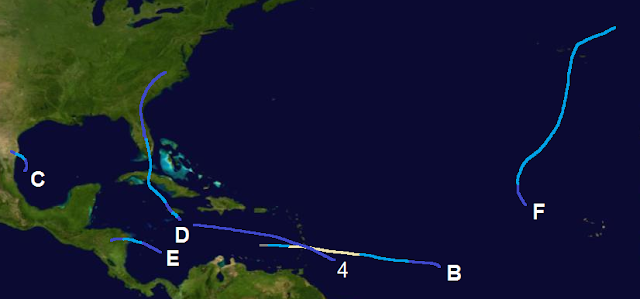In the year 2100 AD

This is a repost of a Weather Underground blog post. By: elioe , 11:42 PM GMT on February 24, 2017 This vision assumes, that CO2 levels have risen to 1000 ppm (pretty much "business-as-usual"), no geoengineering has taken place, and no nuclear winter or exceptional volcanic winter has occurred. This blog entry will be subject to constant editing and additions, whenever my inspiration rages. General situation: Sea levels have risen 1.6 meters since 2017. Azores High has become "Cape Verde High" due to increased coastal upwelling. During winters, there is an additional "Mediterranean High". And during springs, there is a "Eastern U.S. High", which rarely gets intersected by passing troughs. In other oceanic basins, centers of subtropical highs have also moved towards the equator and towards the east. In "old conditions", during July-September, Sahara has had a string of surface lows, but the ascending motion at


